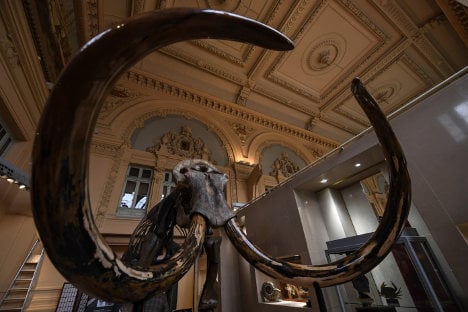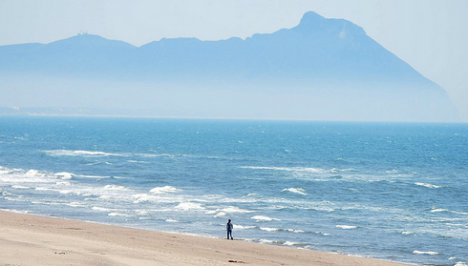The giant skeleton — mounted in a forward walking position with its enormous curved tusks with tones of caramel and ivory facing slightly downward — was bought by the chief executive of a French waterproofing company whose logo is of the prehistoric mammal.
“We are going to display it in the lobby of our firm,” said Pierre-Etienne Bindschedler, the CEO of Soprema. “I think we have enough room”.
Bindschedler bought the piece for €548,250 ($645,000) at the Aguttes auction house.
One of the largest specimens ever found, the mammoth skeleton measures a little over three metres (10 feet) in height and was estimated to sell for at least €450,000 because of its “fine condition”, remarkable because it
retained 80 percent of its original bones.
Experts believe the animal weighed about 1,400 kilos (3,000 pounds).
The skeleton, unearthed about 10 years ago in northwest Siberia, belonged to a hunter who had preserved the remains at his home.
Woolly mammoths were once among the most common herbivores in North America and Siberia, but came under threat from increased hunting pressure and a warming climate. They disappeared from the Earth 3,700 years ago.
Mammoth remains are frequently discovered in Siberia and Russia's extreme northern regions where they are preserved in the frozen earth.
The first complete mammoth skeleton to be sold at auction in France garnered €150,000 in 2006. Another was sold in October 2012 in Paris for €240,750 at an auction organised by Sotheby's.




 Please whitelist us to continue reading.
Please whitelist us to continue reading.